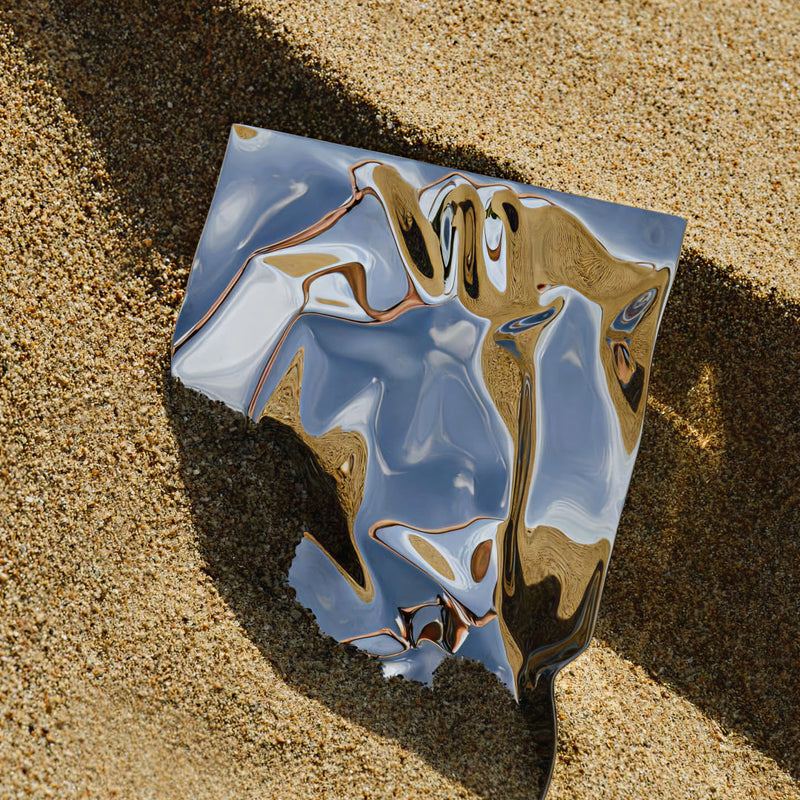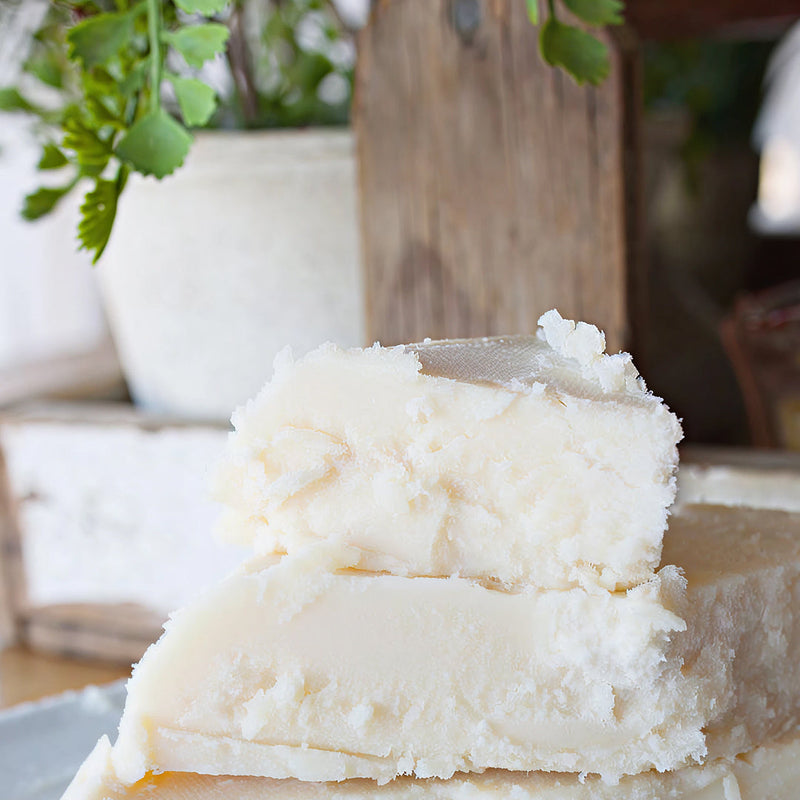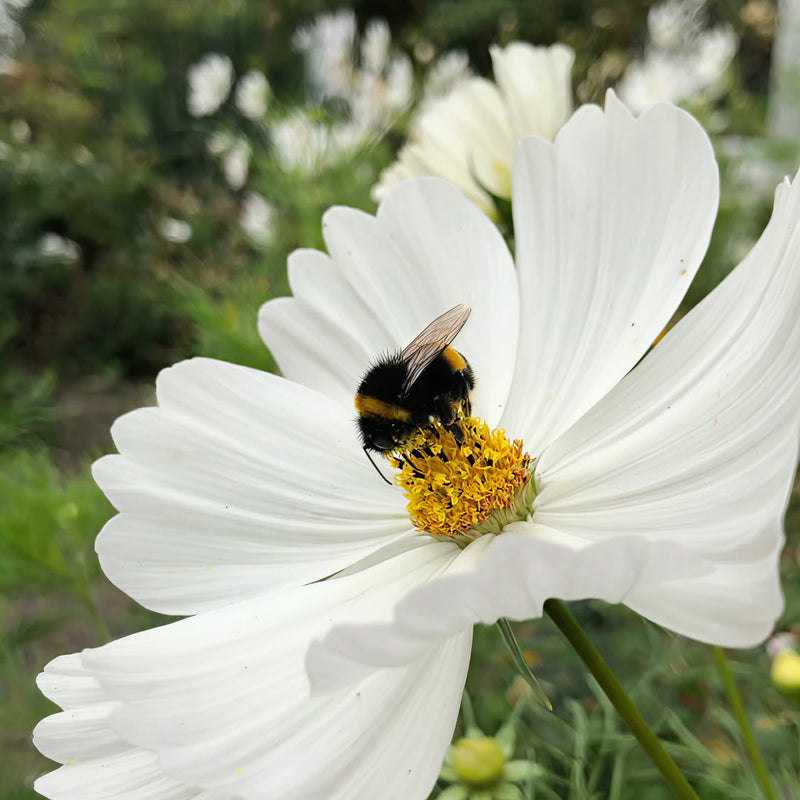
November 21, 2025
Why you always wake up at 2-3am (& what to do about it)
You fall asleep fine. But then, like clockwork, your eyes snap open at 2 AM. Or 3 AM. Your mind starts racing. Your heart might be pounding slightly. And no matter how tired you are, falling back asleep feels impossible. If this happens rarely, it's nothing to worry about. But if it's happening night after night, always around the same window of time, that's not random. That's your body sending you a message. Waking consistently between 2 and 3 AM isn't normal. It’s a sign of something deeper, a mineral problem, inflammation, blood sugar, stress, the list can go on. Understanding what's happening during those early morning hours can help you finally sleep through the night again. Lets dive into potential causes and what you can do about them!! The mineral deficiency stealing your sleep Before we talk about blood sugar or stress hormones, we need to talk about minerals, because without them, nothing in your body works the way it should, especially sleep. Magnesium is the master mineral for sleep. It regulates your nervous system, activates GABA receptors (your brain's main calming neurotransmitter), and helps maintain the electrical balance in every cell. When you're magnesium deficient, which most people are, your nervous system stays in a state of subtle tension. You might fall asleep, but you can't stay in deep, restorative sleep. Around 2 or 3 AM, when your sleep naturally lightens between cycles, that underlying nervous system activation pulls you fully awake. But it's not just magnesium. Your entire electrolyte balance, including sodium, potassium, calcium, affects how well you sleep. These minerals control nerve signalling, muscle relaxation, and cellular communication. If your electrolytes are depleted or imbalanced, your body can't regulate the electrical impulses that keep you calmly asleep. Waking to urinate is a common sign of electrolyte deficiency. Calcium, in particular, works closely with magnesium to calm nerve transmission. B vitamins are required to produce GABA, the neurotransmitter that keep you asleep. When any of these are low, your brain literally can't produce enough calming signals to sustain deep sleep through the night. This is why so many people notice better sleep when they start prioritising mineral-rich foods such as bone broth, grass-fed dairy, organ meats, and real sea salt. It's not about just taking a supplement and hoping for the best. It's about giving your brain and nervous system the raw materials they need to produce the neurochemistry of sleep. If you're waking at 2 or 3 AM and you need the toilet, or you can't seem to get back to sleep, mineral deficiency should be the first place you look. The blood sugar crash that jolts you awake Once minerals are addressed, the next most common reason people wake up in the middle of the night is a blood sugar crash. Here's what happens... you go to bed hours after dinner as you’ve heard eating too close to bed is bad for sleep. Your body is running on the glucose from that meal but your glucose levels can start dropping fast around 2 or 3 AM. Your body registers this drop as an emergency. Blood sugar too low? That's a survival threat. So your adrenal glands release cortisol and adrenaline to raise your blood sugar back up. That hormonal surge is what wakes you, heart racing, mind alert, body tense. You're not anxious for no reason. You're experiencing a physiological stress response triggered by low blood sugar. The fix? A balanced evening meal with adequate protein, healthy fats, and some quality carbohydrates (for inspo, we just uploaded a Beef Stroganoff recipe) as well as a snack 1 hour before bed, ideally something with carbs/sugars. This can prevent the crash. You're not trying to spike your blood sugar before bed, you're trying to stabilise it so your body can maintain steady levels through the night without an emergency cortisol release. Every night, you’re asking your body to get through hours with no calories coming in from food or drink. In order to do this you need to be stocked up, and leaving hours after your last meal is a sure way to experience a blood sugar crash. On the flip side you don’t want too much or a big meal very close to bed. It’s about finding the balance and having that snack around an hour before you go to sleep. When your liver runs out of fuel Even if you ate well at dinner, there's another layer to this: liver glycogen storage. Your liver stores glucose as glycogen, essentially a backup fuel tank that releases steady glucose into your bloodstream overnight while you sleep. This is how your body maintains stable blood sugar for hours without food. But if you're chronically under-eating, following a very low-carb diet, or your liver function is sluggish, those glycogen stores run out early. By 2 or 3 AM, your liver has nothing left to give. Blood sugar drops. Cortisol spikes. You wake up. This is especially common in people who restrict carbs heavily, skip meals, or are dealing with liver congestion from years of poor diet, alcohol use, or toxin exposure. Your liver isn't just a detox organ, it's your nighttime blood sugar regulator. When it can't do its job, your sleep suffers. Adding gentle carbohydrates before bed, a spoonful of raw honey, a piece of fruit, or some orange juice, can replenish liver glycogen and help you stay asleep. We're not saying to load up on sugar, but it's important to give your liver the resources it needs to keep you stable through the night. The histamine surge keeping you alert If you're histamine-sensitive, whether from gut dysbiosis, mould exposure, eating high-histamine foods, mutations or having low levels of the DAO enzyme that breaks histamine down, your histamine levels can rise overnight. This keeps your brain and body in an alert state, making it difficult to stay asleep. Addressing histamine intolerance or high histamine levels means supporting gut health, reducing inflammatory foods, avoiding high-histamine foods temporarily, and ensuring adequate intake of nutrients like vitamin C, magnesium, copper, and B6 that support DAO enzyme function. When histamine comes back into balance, sleep often improves dramatically. The oxygen problem you didn't know you have Sometimes the issue isn't metabolic, it's mechanical. If you're mouth breathing, snoring, or dealing with undiagnosed sleep apnea, your oxygen levels drop periodically throughout the night. Every time your oxygen dips too low, your brain registers a threat and partially wakes you to restore normal breathing. You might not fully wake up each time, but the disruption is enough to pull you out of deep sleep. By 2 or 3 AM, after several of these micro-disruptions, you wake fully. You might notice a dry mouth, morning headaches, or feeling unrested despite being in bed for eight hours. Addressing this often means working on nasal breathing only, using mouth tape, a simple practice that can really boost the quality of your sleep and treating underlying sinus inflammation. Your brain needs consistent oxygen to stay in deep sleep. Without it, you'll keep waking. The environmental stressors you're not noticing Even subtle environmental factors can be enough to disrupt sleep, especially during the lighter sleep phases around 2 to 3 AM. Blue light from street lamps, electronics, or alarm clocks. EMF exposure from phones, wifi routers, or devices near your bed. All can register as micro-stressors to your nervous system. Blackout curtains, turning off wifi at night, using candles or salt lamps over LED’s, wearing blue light blockers after sunset, keeping phones and technology out of the bedroom, and maintaining a cool room temperature (window open) can all make a surprising difference. Your nervous system is constantly scanning for threats, even while you sleep. Remove the signals, and sleep becomes easier to sustain. The pattern is the clue Waking up once in a while at 2 or 3 AM is normal. But waking up consistently at the same time, night after night, is your body trying to tell you something. It's not insomnia in the traditional sense. It's a metabolic, hormonal, or environmental disruption that's happening on a predictable schedule. Your body is following its natural rhythms and somewhere in the process, something is going wrong. The good news? Once you identify what's driving the wake-up, the solution is often straightforward. And if you're unsure, here is a checklist to try: Prioritise magnesium-rich and mineral-dense foods: bone broth, grass-fed dairy, organ meats, sea salt, potassium-rich fruits Balance your evening meal, include protein, healthy fats & quality carbohydrates; avoid long fasting windows before bed Have a bedtime snack (1 hour before sleep),choose something simple with carbs/sugars to stabilise blood sugar (fruit, raw honey, orange juice) Look into histamine triggers Practice nasal breathing only: try mouth tape; address nasal congestion or airway issues Audit your sleep environment: Eliminate blue light at night, remove EMFs near the bed, use blackout curtains, keep the room cool and dark Your body isn't broken. It's responding logically to the conditions you're giving it. Change the conditions, and sleep becomes effortless again, all the way through the night.













